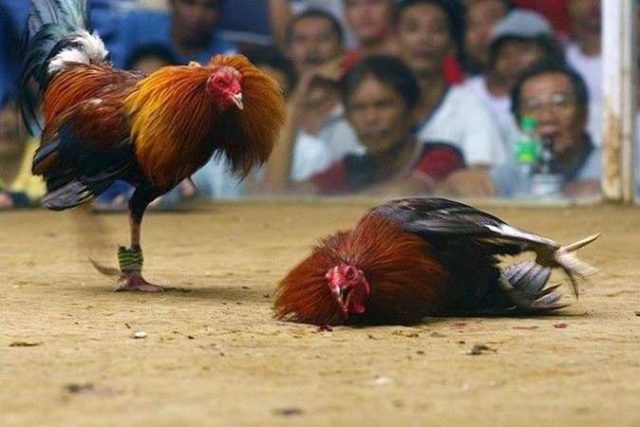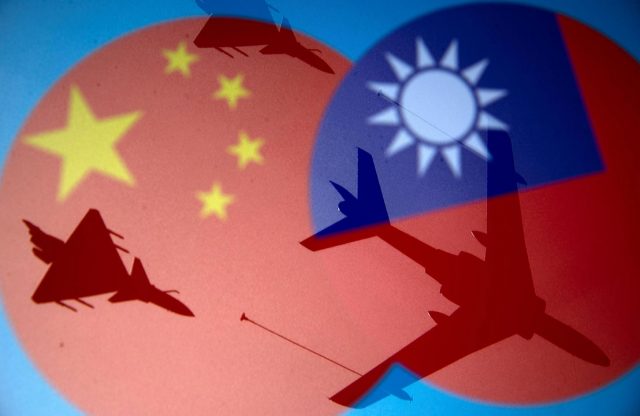Opportunities for tech companies to seize in 2022
(Second of two parts)
As the digitalization of the world economy further accelerates, the technology sector will likely continue to grow, especially now that vaccines and proactive health and safety measures are helping manage the pandemic. In line with this, EY ranks the top 10 opportunities from its annual report that technology companies should seize for growth while navigating volatility and risks in 2022.
In the first part of this article, we discussed the first five opportunities: attracting and retaining more motivated people in a hybrid workplace, strengthening growth profile with M&A, securing business continuity by de-risking supply chains, embedding security in new activity designs, and leading in ESG to strengthen stakeholder relations.
In the second part of this article, we continue by discussing the remaining five: transforming the business for consumption-based sales, realigning tax organizations with digital business models, streamlining operations and increasing agility, cultivating customer trust to drive digital engagement and anticipating the transition to 5G technology.
TRANSFORM BUSINESS FOR CONSUMPTION-BASED SALES
During the pandemic, consumption-based business models offered a higher valuation from investors and better protection against economic volatility compared to traditional one-off payments. With more and more customers preferring the flexibility of cloud-based services and software, subscription payments are expected to rapidly replace traditional license payments over the next five years.
In order to enable this shift, companies need to change their pricing tools, transform their sales organizations, adopt new incentive schemes, realign their major business processes and track different performance indicators. Though the transition will be challenging, companies will be rewarded with more time to build customer relations, recurring revenues, and the opportunity to generate higher revenues from each user through upselling and cross-selling.
REALIGN TAX ORGANIZATIONS WITH DIGITAL BUSINESS MODELS
Taxation and legislation changes are targeting the technology sector worldwide, with governments looking to shift the taxation base to capture more value from the growing economic contributions made by digital services. Sudden changes are caused by trade disputes and governments who are looking to protect or strengthen their key industries, and this often includes technology segments.
Tech companies need a robust approach to global trade and taxation with regard to their large international footprints as well as their large base of assets, both material and immaterial. This approach has to be built on early planning, real-time insights and an agile operating model.
STREAMLINE OPERATIONS AND INCREASE AGILITY
With the current unprecedented economic uncertainty and volatility, customer preferences are shifting overnight and causing large swings in demand. This is especially true in the technology sector. The risk profiles in the sector have also changed due to supply chains getting stretched and geopolitical factors influencing trade. This further increased the need for organizations to transform.
To remain competitive, tech companies need to match operational agility with the future levels of volatility in their business. This can be achieved by leveraging data analytics, cloud capabilities and automation tools, streamlining business processes, and identifying ways to simplify the organization.
CULTIVATE CUSTOMER TRUST TO DRIVE DIGITAL ENGAGEMENT
Digital companies rely on trust to keep driving customers to visit, interact and share the necessary data to create a business and drive growth. Because alternatives are a click or two away, a lack of trust can instantly send customers to competitors.
EY research has found that the main drivers of trust and distrust include transparency, ethics, security, regulatory compliance and content. To gain the trust of customers, companies must prioritize protecting customer data and maintain clear policies on dealing with issues that include fake content, discrimination and online abuse. A digital trust strategy that incorporates all the elements of trust has to be established.
PREPARE FOR 5G ADOPTION
The tech industry is gearing up for large-scale implementation with the rollout of 5G driving revenue across the entire technology stack. According to Reimagining industry futures, an EY survey of attitudes across multiple enterprises worldwide, a little over half of enterprises at 52% are more interested in 5G now compared to before the pandemic. This shows that 5G is not just a new connectivity standard, it is also expected to change how objects and devices interact as well as how machine learning and data analytics can be used to improve logistics, identify supply chain bottlenecks and reshape customer interaction.
As many as three out of four enterprises in the survey believe that 5G will be integrated into their business processes over the next five years, but for this to happen, tech companies need to prepare adoption roadmaps and use cases to stay ahead.
EMBRACING OPPORTUNITIES FROM VOLATILITY AND RISK
Although the world is still experiencing uncertainty from geopolitical issues and the pandemic, these risks reshape the opportunities that can help tech companies develop new markets and increase their competitiveness. Regrouping organizations around security and trust to increase stakeholder commitment as well as organizational transformation and the adoption of new business models can help drive market relevance and agility.
This article is for general information only and is not a substitute for professional advice where the facts and circumstances warrant. The views and opinions expressed above are those of the author and do not necessarily represent the views of SGV & Co.
Rossana A. Fajardo is the EY ASEAN business consulting leader and the consulting service line leader of SGV & Co.












